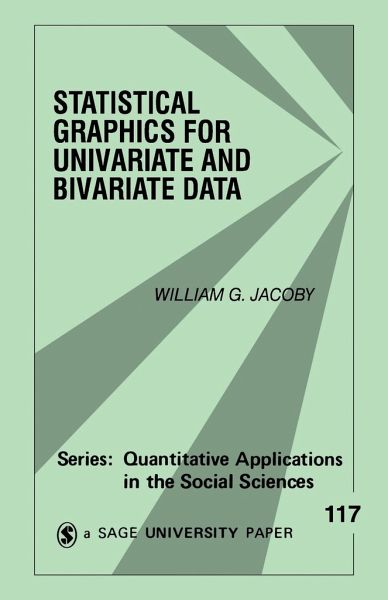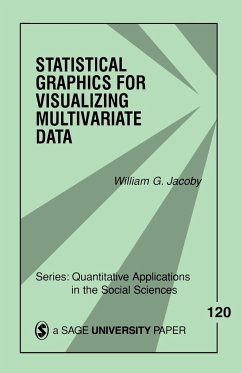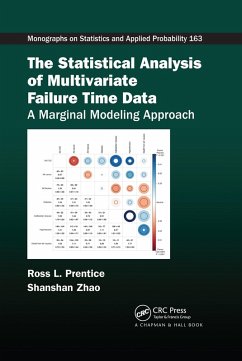
Statistical Graphics for Univariate and Bivariate Data
Versandkostenfrei!
Versandfertig in 1-2 Wochen
44,99 €
inkl. MwSt.

PAYBACK Punkte
22 °P sammeln!
Graphical displays that researchers can employ as an integral part of the data analysis process are frequently more revealing than traditional, numerical summary statistics. Providing strategies for examining data more effectively, this volume focuses on: univariate methods such as histograms, smoothed histograms, univariate scatterplots, quantile plots, box plots, dot plots; and bivariate methods such as scatterplot construction guidelines, jittering for overplotted points, marginal boxplots, scatterplot slicing, the loess procedure for nonparametric scatterplot smoothing, banking to 45 degre...
Graphical displays that researchers can employ as an integral part of the data analysis process are frequently more revealing than traditional, numerical summary statistics. Providing strategies for examining data more effectively, this volume focuses on: univariate methods such as histograms, smoothed histograms, univariate scatterplots, quantile plots, box plots, dot plots; and bivariate methods such as scatterplot construction guidelines, jittering for overplotted points, marginal boxplots, scatterplot slicing, the loess procedure for nonparametric scatterplot smoothing, banking to 45 degrees for enhanced visual perception.













